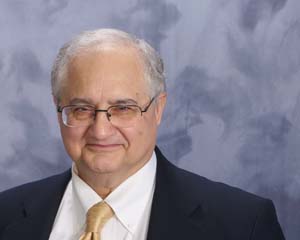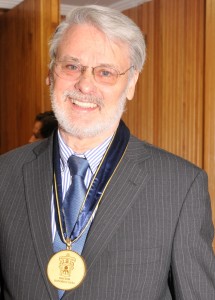Introduction to Distance Education: Looking Towards the Future
The increasing popularity of distance education in the last ten years has been a mixed blessing in so far as conceptual and theoretical development of the field is concerned. Many institutions of higher education as well as leading corporations that offer eLearning to their employees still approach distance education from a physical science perspective. This reductionist view limits the definition of distance in education to the geographical separation of the learner and the instructor. It essentially precludes the social science base of the field. Defining distance in education in the senesce of the geographical separation of the learner and the instructor although is accurate does not include the entire conceptual breadth of the field. Recent theoretical developments in distance education defines distance in social terms; specifically, the transaction between the learner and the instructor, and among the learners.
By looking at distance education from a new perspective, Moore shifted the distance education paradigm from a physical science base and grounded it on social sciences.
As Moore (1983) postulated, and Saba & Shearer (1994) demonstrated in several experiments, distance in education is a social and psychological phenomenon. It is measured by the independence that the learner requires in the teaching and learning process, and the requisite structure that the instructor or the instructional institution must bring to bear to ensure that students meet the necessary learning objectives. Moore reviewed and analyzed more than 2000 articles written about adult education as well as open, independent and informal learning. He came to the conclusion that in all these studies there were two variables that explained them the best: structure or the required control that an instructor or an instructional institution brings to an educational system, and autonomy or the requisite control that the learner exerts in defining his/ her objectives, selecting learning strategies, identifying learning materials, etc. Moore postulated that transactional distance is a function of these two variables. By looking at distance education from a new perspective, Moore shifted the distance education paradigm from a physical science base and grounded it on social sciences. This was a major development in the field with far reaching ramifications which are yet to be realized.
References
Moore, M. G. (1983). The individual adult learner. In Tight, M. (Ed.) Adult Learning and Education 153-168. London: Croom Helm.
Saba, F. , & Shearer, R. L. (1994). Verifying key theoretical concepts in a dynamic model of distance education. The American Journal of Distance Education, 8 (1), 36-59.









